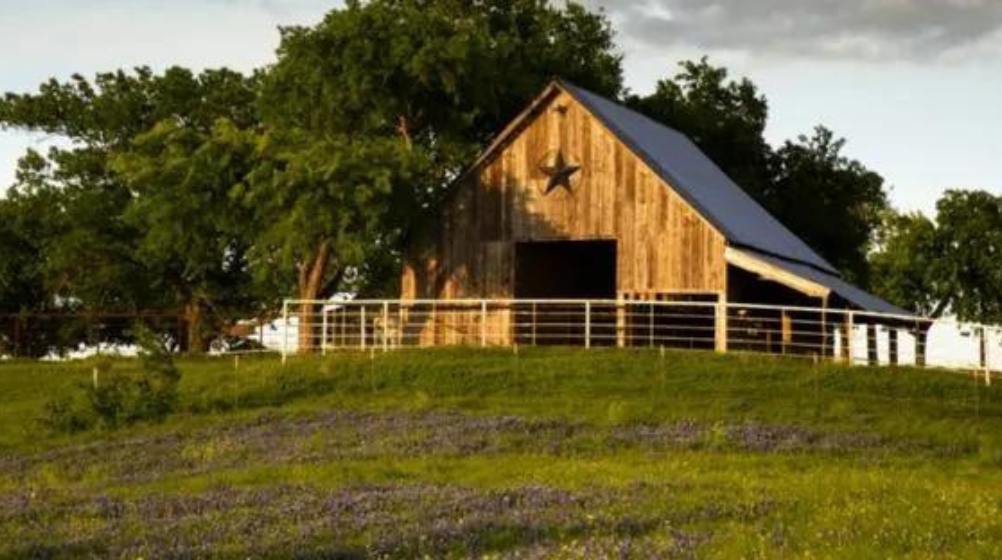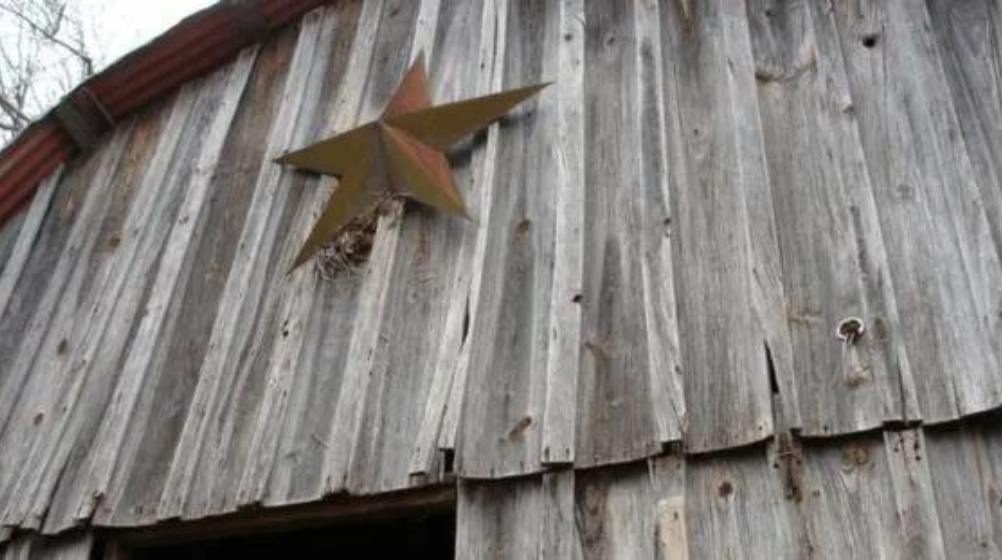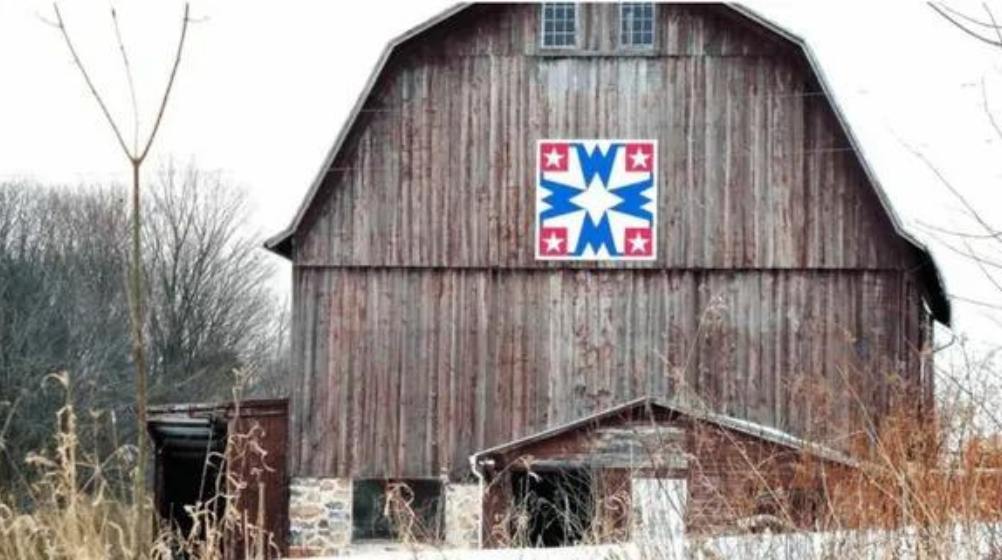Delve into the enchanting world of barn door ornaments, where charming decorations called barn stars hold deep significance for German-American farmers. These delightful emblems, also known as hex signs or quilt squares, are placed atop barns to ward off evil and beckon prosperity to the crops.

Originating from the Pennsylvania Dutch community in the 1830s, barn stars are inspired by European German folk art, reflecting a desire for protection and abundance in agricultural life. This tradition has been preserved alongside other customs of the Pennsylvania Dutch, illustrating the rich tapestry of regional heritage.
Barn stars, often mistaken for hex signs, possess a unique symbolism beyond superstition. While they adorned barns, hex signs also appeared on marriage licenses and grave markers, symbolizing luck for newlyweds and peace for the departed.

These symbols, found not only in Pennsylvania Dutch country but also across cultures worldwide, echo the universal desire for safety and prosperity. Whether it’s the Helm of Awe in Norse mythology or other ancient protective symbols, these emblems connect us to our shared human heritage.
In celebrating these enduring symbols, we embrace our roots and honor the wishes of our ancestors for future generations’ prosperity and well-being. Discover more about these timeless emblems and their significance in cultures around the globe, fostering a deeper connection to our collective heritage.





